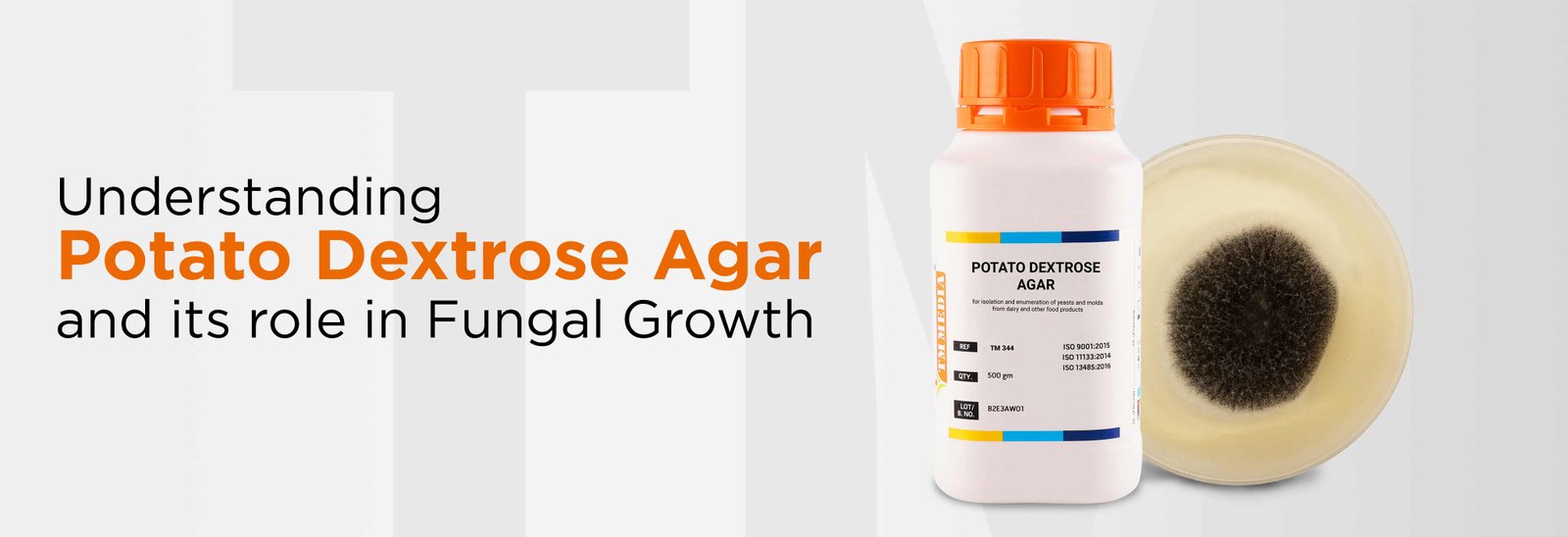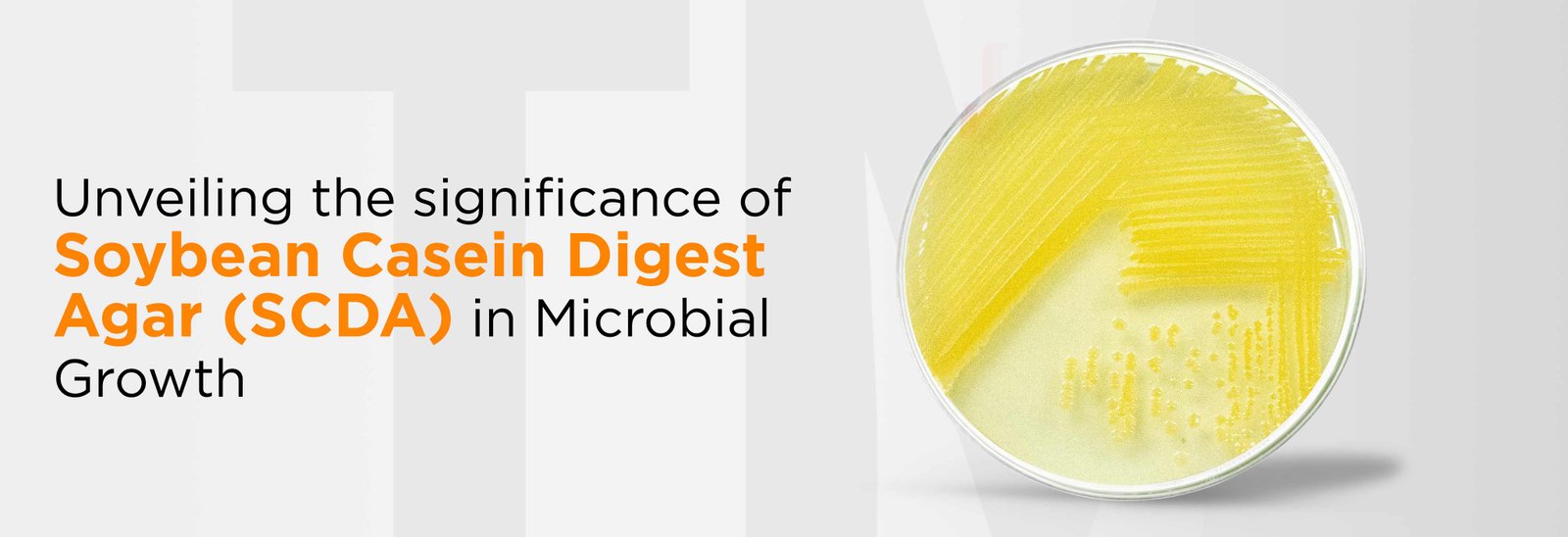

The sudden emergence of deadly infections such as SARS CoV-2 in present times has introduced the importance of sterility to everyone. But the clinical, pharmaceutical, food, and other related industries have known the importance of sterility for a long time. In 1879, Charles Chamberland invented the autoclave for sterilization. Sterility or sterilization means the removal of microbes or their spores from an article by killing them. An autoclave is a modified boiler or pressure cooker that is used in various industries to achieve sterilization. Autoclave sterilization is based on moist heat sterilization. To kill a bacterial cell, breaking its proteins and cell wall is the main aim. This can be achieved by moist heat sterilization. After encountering moist heat, the bacterial protein coagulates rapidly, and eventually the cell wall breaks. Autoclaves create superheated steam or moist steam by using the combined interaction of water, pressure, and heat. When superheated steam collides with a cooler surface, it condenses to water and releases its latent heat to the surface. Then the condensed water produces moist conditions to initiate the microbe killing. Sterilization is characterised by this confidence factor: Sterility Assurance Level (SAL), which is 106 for general standards. SAL is the expected probability of surviving organisms.
An autoclave can be used in any industry that works with biological materials. Since medical institutions have to take multiple precautions to ensure the sterility of their facility and any equipment, the use of autoclaves is popular in this industry. Science research laboratories or university campuses also use autoclaves. Once an article is sterilized, it can be used in a sensitive environment fearlessly. The autoclave compatible materials are surgical instruments, glassware, tissue culture flasks, pipette tips, culture media, medical waste, stainless steel equipment, gloves, and animal food. Acids, bases, chlorides, sulphates, seawater, chlorine, bleach, and paper are some incompatible materials as they may get damaged by steam. The general temperature, pressure, and time for autoclave sterilization are 121 °C for 15 minutes at 15 psi. Depending on the material, the sterilization can also be done at higher temperatures, such as 126 °C for 10 minutes at 20 psi and 133 °C for 3 minutes at 30 psi. In autoclaves, items should always be separated to allow the even penetration of steam.
Chemical and biological indicators are used to ensure the autoclave temperature. Chemical indicators include the autoclave tape, Bowie and Dick test pack, moving front integrator indicator, and strips. The autoclave tape changes colour once the autoclave attains the desired temperature. Also, the Bowie and Dick test pack is used to ensure heat penetration during autoclaving. It contains a sheet of chemical indicators placed in the centre of a stack of paper, and when the autoclave attains the temperature and heat penetrates to the indicator sheet through the stack, it changes its colour to black. Biological indicators include the spore strips of heat-resistant bacteria, Geobacillus stearothermophilus, and Bacillus subtilis. The spores of these bacteria get inactivated when exposed to 121.1 °C steam. If the autoclave temperature does not reach the desired temperature, the spores will germinate.
Along with tapes and indicator strips, autoclave bags are also considered autoclave accessories. To avoid low-temperature polymers from clinging to the edges of the sterilizer or obstructing the sterilizer vent pipes, autoclave bags are used. They ensure the uniform reach of steam to the entire load. The kind of autoclave utilized determines the kind of autoclavable bag used. Gravity steam autoclaves use high-density polyethylene or polypropylene bags since the highest temperatures reach this is over 121 °C. In high vacuum steam and chemical vapour pressure autoclaves, only polypropylene bags are used because these autoclaves reach temperatures of around 140 °C.
TM Media provides various autoclavable laboratory consumables like filtration funnels and manifold systems, along with autoclave accessories like disposable autoclave bags. These autoclave bags are strong and have various weight holding capacities with colour coding of transparent, yellow and red. We also provide chemical as well as biological indicators to ensure the effectiveness of autoclaving.

The specter of antimicrobial resistance (AMR) hangs over modern medicine. Antibiotics – once a miracle are losing their power as...
Read More
We are thrilled to announce that TM Media has been recognized as the LeadingBiotechnology Company at the prestigious 6th Elets...
Read More
Think of a field as a big garden where tiny superheroes, called microbes, work behind the scenes. They’re not just...
Read More
Maintaining the highest standards of quality and safety is paramount in pharmaceutical manufacturing. Strict adherence to current good manufacturing practices...
Read More
Potato Dextrose Agar (PDA) is a widely utilized medium in microbiology, specifically designed for the isolation and enumeration of yeasts...
Read More
In the complicated world of microbiology, where precision and reliability are of utmost importance, Soybean Casein Digest Agar (SCDA) stands...
Read More